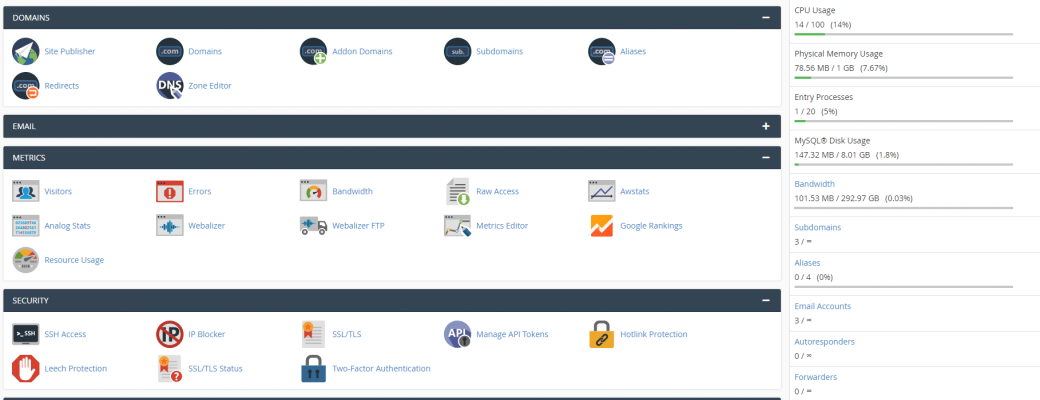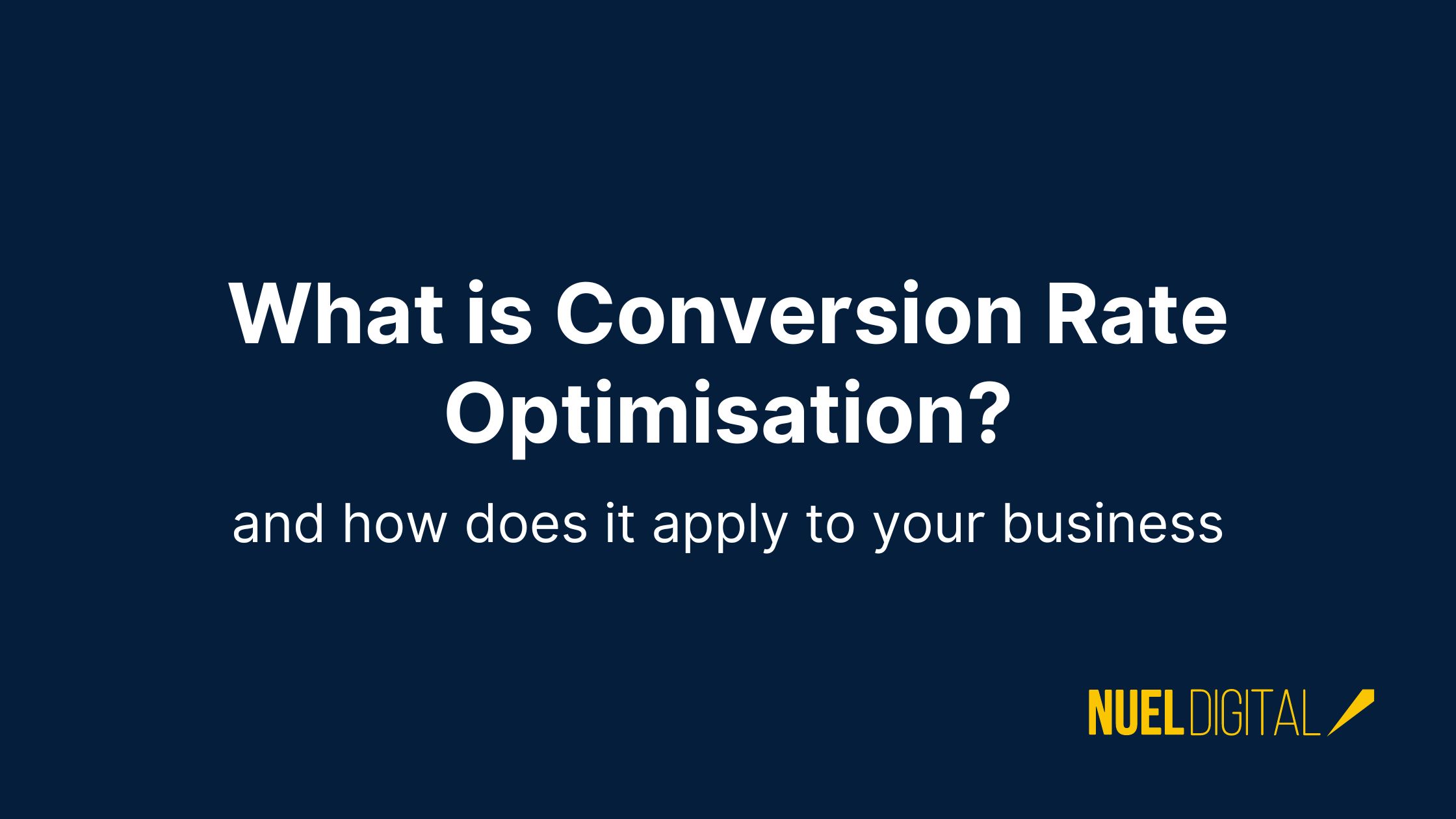Your website is often the first point of contact potential customers have with your business. To ensure it leaves a lasting impression, it needs to perform at its best. A high-performing website not only delivers an exceptional user experience but also plays a key role in search engine rankings and lead generation. Here’s an in-depth look at ten essential strategies to optimise your website for maximum performance.
1. Speed Up Load Times
Load times are a critical factor in user experience. Studies show that users abandon websites that take longer than 3 seconds to load. Tools like Google PageSpeed Insights and GTmetrix can help you identify slow-loading elements on your site. Consider minimising file sizes, enabling browser caching, and optimising JavaScript to boost site speed. Faster load times improve user satisfaction and reduce bounce rates.
2. Ensure Mobile-Friendliness
More than 50% of global web traffic comes from mobile devices, so ensuring your website is mobile-friendly is vital. A responsive design adapts to various screen sizes, providing a seamless experience on smartphones and tablets. Google also prioritises mobile-friendly sites in search rankings, making mobile optimisation an essential factor for SEO.
3. Optimise for SEO
Search engine optimisation (SEO) is the key to ensuring your site is discoverable. Implement on-page SEO best practices such as proper use of header tags (H1, H2, H3), optimised meta descriptions, and image alt text. Keywords should be naturally integrated into your content, and internal linking should help guide visitors to relevant pages.
4. Enhance User Experience (UX)
A positive user experience keeps visitors engaged and encourages them to explore further. Ensure your site has a clean, intuitive layout with easy-to-use navigation. Reducing clutter, creating clear calls-to-action, and ensuring key information is front and centre will improve UX, which directly impacts conversions.
5. Regularly Update Content
A stagnant website quickly becomes irrelevant. Search engines favour websites that consistently publish fresh, relevant content. Regularly update your blog, case studies, and product/service pages to keep your site dynamic. Updating older content with new insights or trends is also a great way to maintain relevance without starting from scratch.
6. Integrate Marketing Tools
To make data-driven decisions, it’s important to track and analyse visitor behaviour. Tools like Google Analytics, email marketing platforms, and customer relationship management (CRM) systems provide valuable insights. By understanding how users interact with your site, you can adjust strategies to improve engagement and conversions.
7. Improve Security
Website security should be a top priority. HTTPS encryption not only secures your site but also builds trust with your users. Regular updates to plugins, themes, and core systems can prevent vulnerabilities. A secure website is less likely to be penalised by search engines, and it reassures visitors that their data is safe.
8. A/B Test Your CTAs
Your calls-to-action (CTAs) are pivotal for driving user action. Whether it’s signing up for a newsletter, downloading a resource, or making a purchase, testing different CTA designs and placements can significantly impact conversions. A/B testing can reveal what resonates best with your audience, allowing you to continually improve.
9. Optimise Images and Media
Images and media can greatly enhance the visual appeal of your website, but large file sizes can slow down load times. Compressing images without sacrificing quality and using modern formats like WebP can ensure your visuals are optimised. Additionally, lazy loading techniques can delay the loading of images until they are needed, speeding up the initial page load.
10. Leverage Content Delivery Networks (CDNs)
A CDN distributes your site’s content across multiple servers globally, reducing the physical distance between your site and your visitors. This can dramatically improve load times, particularly for users accessing your site from different parts of the world. A CDN can also provide added security and bandwidth savings.
A well-optimised website not only enhances user experience but also plays a crucial role in your SEO efforts and overall business success. By implementing these strategies, you can ensure your site is always performing at its best, attracting new visitors, and converting them into loyal customers. Regular maintenance and updates are key to staying ahead in the competitive digital landscape.
If you need support with implementing any of the above, contact us today!



